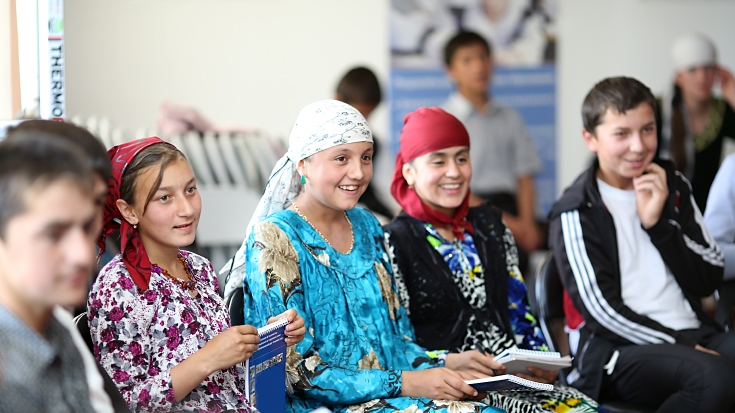Tajikistan has the youngest and fastest-growing population in Europe and Central Asia, with more than half its citizens under the age of 24 years. Equitable access to high quality education, therefore, is critical to ensuring that these young people have the opportunities to gain meaningful employment – and contribute to overall economic growth, productivity, and poverty reduction.
As in many other countries, young people in Tajikistan who have a university education are more likely to participate in the labor market, find employment in the formal economy, and earn higher and stable incomes – compared to those with less education. Tajikistan’s education sector, however, has not always adequately served the needs of its youth.
Prior to 2014, higher education institutions (HEIs) in the country selected their students through exams that were internally designed, administered and scored. Corruption and personal biases existed on a large scale, impairing equality of access and fair competition for students. It was widely acknowledged that the admission system needed radical reform.
To this end, the Government of Tajikistan, founded the National Testing Center (NTC) in 2008 as a first step towards establishing a national education assessment system that would contribute to improved access to and quality of education. The World Bank, the Russian Government and the Open Society Institute supported the NTC operationalization and capacity building, and assisted in designing and implementing a new higher education admission system - UEE.
In July 2014, the UEE was implemented for the first time, ensuring another important step in enhancing transparency in higher education.

